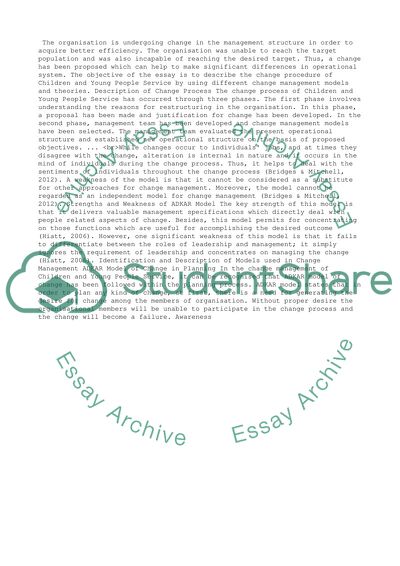Cite this document
(“CHANGE MANAGEMENT Essay Example | Topics and Well Written Essays - 2750 words”, n.d.)
CHANGE MANAGEMENT Essay Example | Topics and Well Written Essays - 2750 words. Retrieved from https://studentshare.org/management/1478390-change-management
CHANGE MANAGEMENT Essay Example | Topics and Well Written Essays - 2750 words. Retrieved from https://studentshare.org/management/1478390-change-management
(CHANGE MANAGEMENT Essay Example | Topics and Well Written Essays - 2750 Words)
CHANGE MANAGEMENT Essay Example | Topics and Well Written Essays - 2750 Words. https://studentshare.org/management/1478390-change-management.
CHANGE MANAGEMENT Essay Example | Topics and Well Written Essays - 2750 Words. https://studentshare.org/management/1478390-change-management.
“CHANGE MANAGEMENT Essay Example | Topics and Well Written Essays - 2750 Words”, n.d. https://studentshare.org/management/1478390-change-management.


